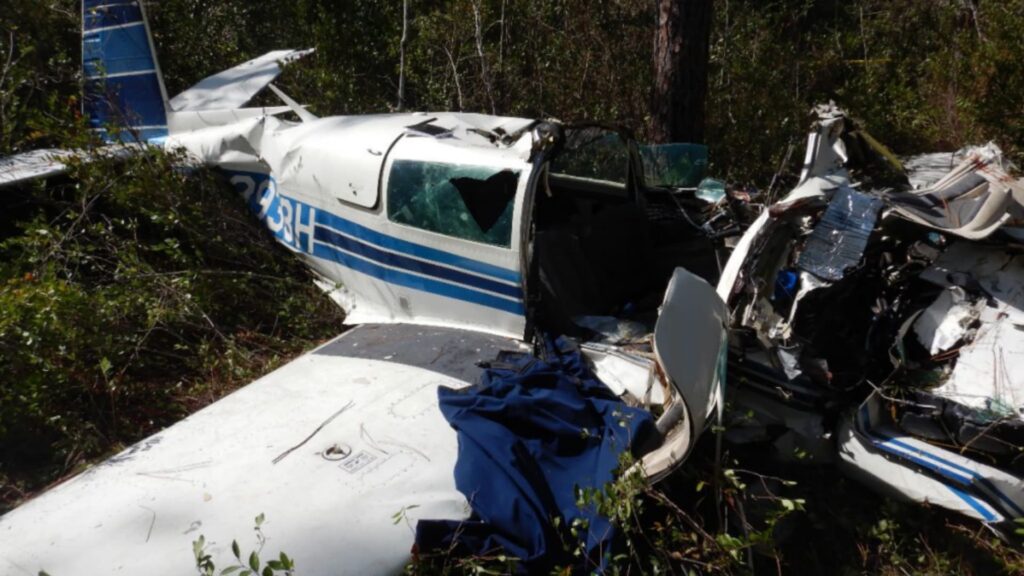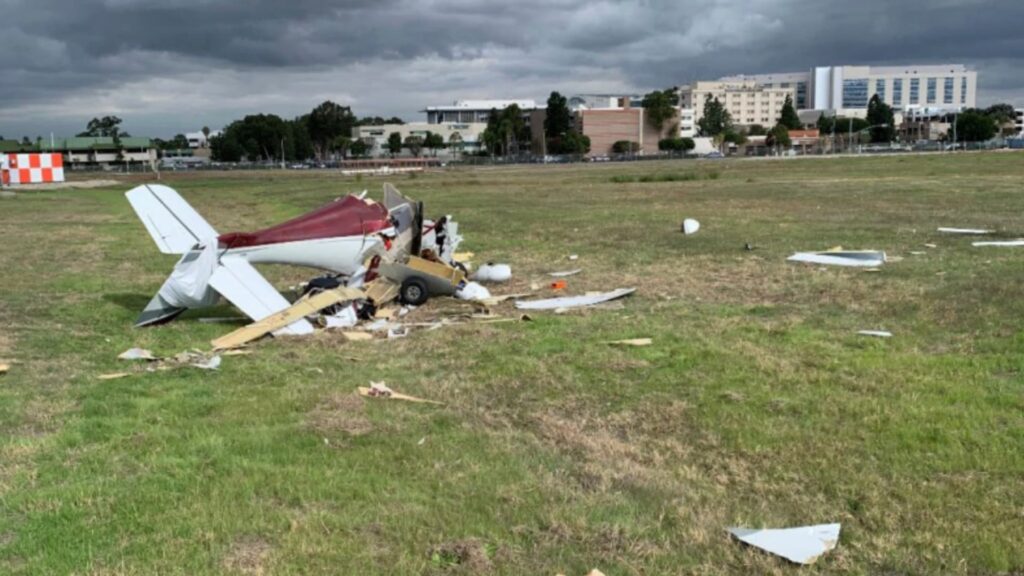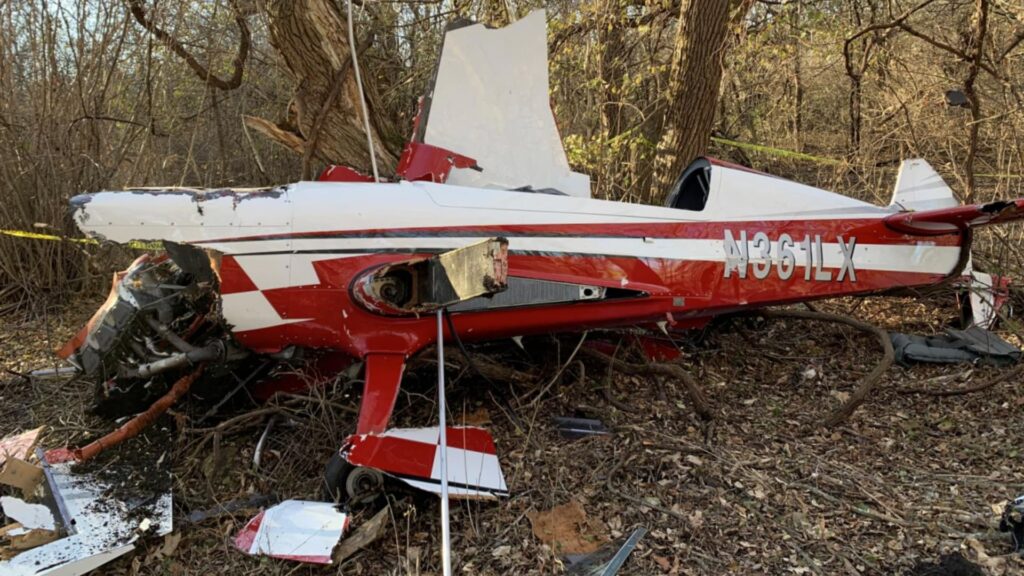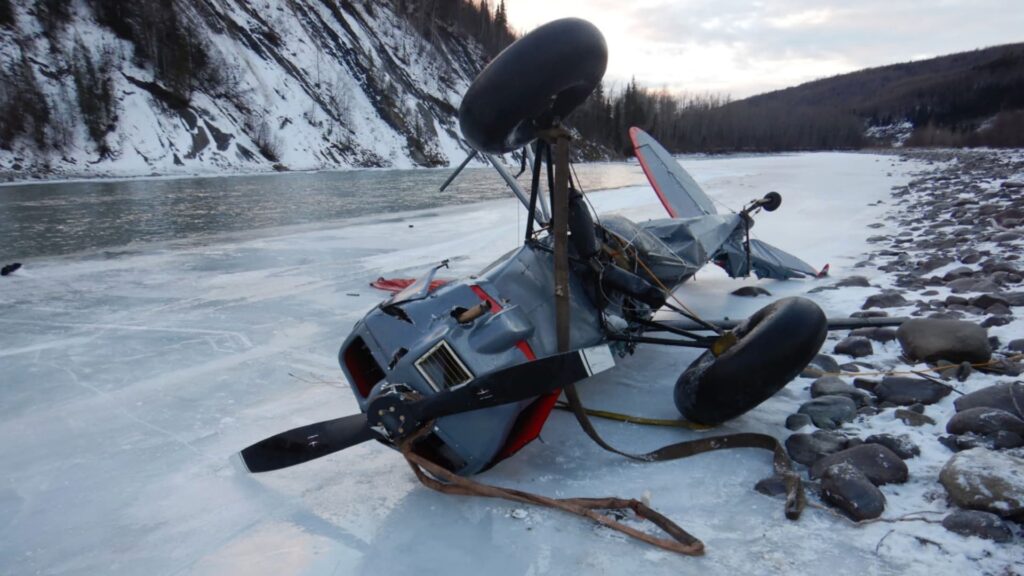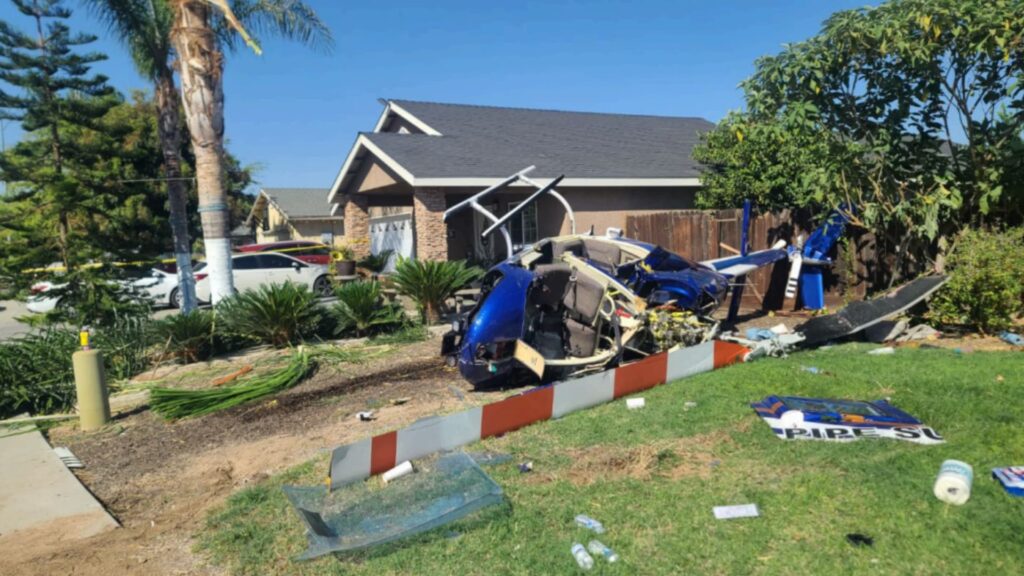If you’ve flown off grass, you know the airplane talks to you a little differently. It rolls longer, it feels a touch more reluctant to unstick, and the cues are softer. On October 21, 2021, a 1980 Mooney M20J, N3933H, tried to launch from the 3,591-foot turf at Holly Ridge/Topsail Island (N21) in North Carolina with four people aboard. Moments after liftoff, the wings wobbled, the airplane drifted left, and it mushed into trees roughly two-thirds down the runway. Two people, including the pilot, were fatally injured; one passenger was seriously hurt, and another had minor injuries.
The Pilot, the Airplane, and the Day
The pilot was 62 and held a commercial certificate with an instrument rating. He was flying under BasicMed, with a flight review logged just a month earlier. Total time was noted at 2,375 hours, with 2,311 as PIC. Importantly, a recovered logbook showed 436 hours recorded between 2006 and September 2021—virtually all of that (all but 2.2 hours) in this Mooney—establishing at least several hundred hours of recent-in-life experience in the make/model.
Weather was benign: VMC, winds about 220° at 4 knots, clear skies, 24°C/14°C. No performance-killing gusts or downdrafts—just a warm, calm afternoon on grass.
Taxi, Roll, Liftoff… and a Wobble
A witness video captured the takeoff. After the Mooney lifted off, the wings “wobbled” and the airplane began a left drift and descent toward the tree line. Onboard footage from a surviving passenger confirmed two critical cues: the engine kept making power, and a stall warning tone sounded before impact. When investigators analyzed audio from both videos, they pegged the prop/engine at or near the 2,700 RPM takeoff setting, smooth throughout. In other words, thrust wasn’t the limiting factor. Control margin was.
The wreckage told a consistent story. Control continuity was established, the right tank still held about 15 gallons, and the flaps were found retracted. That last detail matters: the Mooney’s Normal Procedures call for 15° of flap for takeoff. Taking off “clean” on grass with four aboard shrinks climb performance and cushion.
Weight, Balance, and Grass
How heavy were they? Investigators couldn’t pin down the exact fuel on board, but they bracketed the possibilities. With tanks half full, the aircraft was about 2,668 pounds—roughly 72 pounds under the Mooney’s 2,740-pound max gross—at a CG around 48 inches, about two inches forward of the aft limit. With full fuel, it would have been roughly 2,860 pounds (over gross) at the same CG station. Either way, they were operating near the airplane’s aft-limit neighborhood, a place where pitch stability softens and stall margins thin. And remember: grass costs you extra runway and rate-of-climb on even the best days.
The airport didn’t have fuel service; the last known fuel purchase—47 gallons—was at a nearby field about a month earlier, so the exact starting point for fuel was uncertain. But the right tank still had fuel after impact, underscoring this wasn’t a fuel-starvation event.
What the NTSB Said
The Board called it plainly: the pilot exceeded the airplane’s critical angle of attack during takeoff and initial climb, producing a stall/mush. Contributing factors were loading near maximum gross and near the aft CG limit. That’s exactly the scenario where a small pitch increase or a touch of uncoordinated bank can tip you from “flying” to “falling.”
Why the Left Drift and Wing Rock?
At high power and low airspeed, the airplane is fighting every left-turning tendency in the book: torque, P-factor, spiraling slipstream. That’s especially noticeable on takeoff. The FAA’s handbook reminds us that as power goes up and airspeed stays low, these effects get stronger; it takes decisive right rudder to stay straight. If the ball isn’t centered, the stall happens first on the inside wing, encouraging a roll and yaw in that direction. On this takeoff, the observed left turn/wobble fits that physics.
The Flaps Question
Mooney’s checklist calls for 15° of flap for takeoff in this model. On a hard surface you might get away with a clean takeoff at a light weight. On turf, with four aboard and warm temps, the margin shrinks fast. Flaps are about buying liftoff and initial climb performance at the expense of a bit of drag later—exactly what you want when the grass is hanging on to your tires. Finding the flaps at 0° removed that designed-in cushion.
Energy Management in the First 400 Feet
The cameras heard a stall warning just before impact. That tone means AOA was at the edge while the airplane was still low and slow. With an aft-ish CG, pitch response is lighter, making it easy to hold a nose-high attitude without feeling the normal “heaviness.” Combine that with the higher liftoff speed and longer roll demanded by weight and turf, and you can end up airborne with marginal climb rate, flirting with buffet while trying to clear obstacles. This is the classic “mush” profile—wings technically flying but not climbing—until a bank, a gust, or a bit of yaw finishes the job.
What We Can Learn
This one offers several clean, actionable takeaways:
- Plan performance like it matters—because it does. Weight, CG, surface, and temperature all push in the same direction here. The FAA’s Weight and Balance guidance is blunt: many aircraft are grossly overloaded if you fill every seat and every tank, and overloading reduces climb rate and lengthens takeoff roll. Even when technically under gross, operating near aft CG narrows your margins and degrades stability—particularly at liftoff and initial climb.
- Use the configuration the airplane asks for. If the POH calls for 15° flaps for takeoff, use them—especially from grass with people aboard. That’s a designed performance tool, not a suggestion.
- Fly the rudder like you mean it. At high power/low speed, right rudder is life. Keep the ball centered to avoid that inside-wing stall and wing-drop surprise.
- Guard AOA at low altitude. The NTSB’s stall-prevention reminders are evergreen: stalls can occur at any airspeed and attitude; bank and G raise stall speed; and the first move at stall onset is to reduce AOA—push. That’s hard to do close to the ground, but it’s the only thing that works.
Putting It Together
No single domino brought down N3933H. The engine was making power; mechanics checked out. But the combination—near-aft CG, a turf field, warm temps, no flaps, four aboard—left an unforgiving envelope. After liftoff, with left-turning tendencies active and the airplane near the edge of AOA, the wings never got the energy they needed. The result matched what the videos and the wreckage suggested: a mushy, low-altitude stall with no room to recover.
Final Thoughts from the Debrief
I look at this case and think about how small choices add up. A quick performance check against the grass-field tables, a CG calculation with a conservative buffer, a deliberate flap setting, and a commitment to fly the rudder and the AOA might have changed the opening seconds. This wasn’t a mystery engine failure or a hidden maintenance gremlin. It was the quiet physics of heavy-ish, aft-ish, and clean on grass—plus a touch of yaw—taking the margins away right when the airplane needed them most. The Board’s probable cause says it succinctly: an exceedance of critical AOA on takeoff, with near-gross and aft-CG loading contributing. That’s a scenario every one of us can plan for, brief for, and fly our way out of on the next departure.

